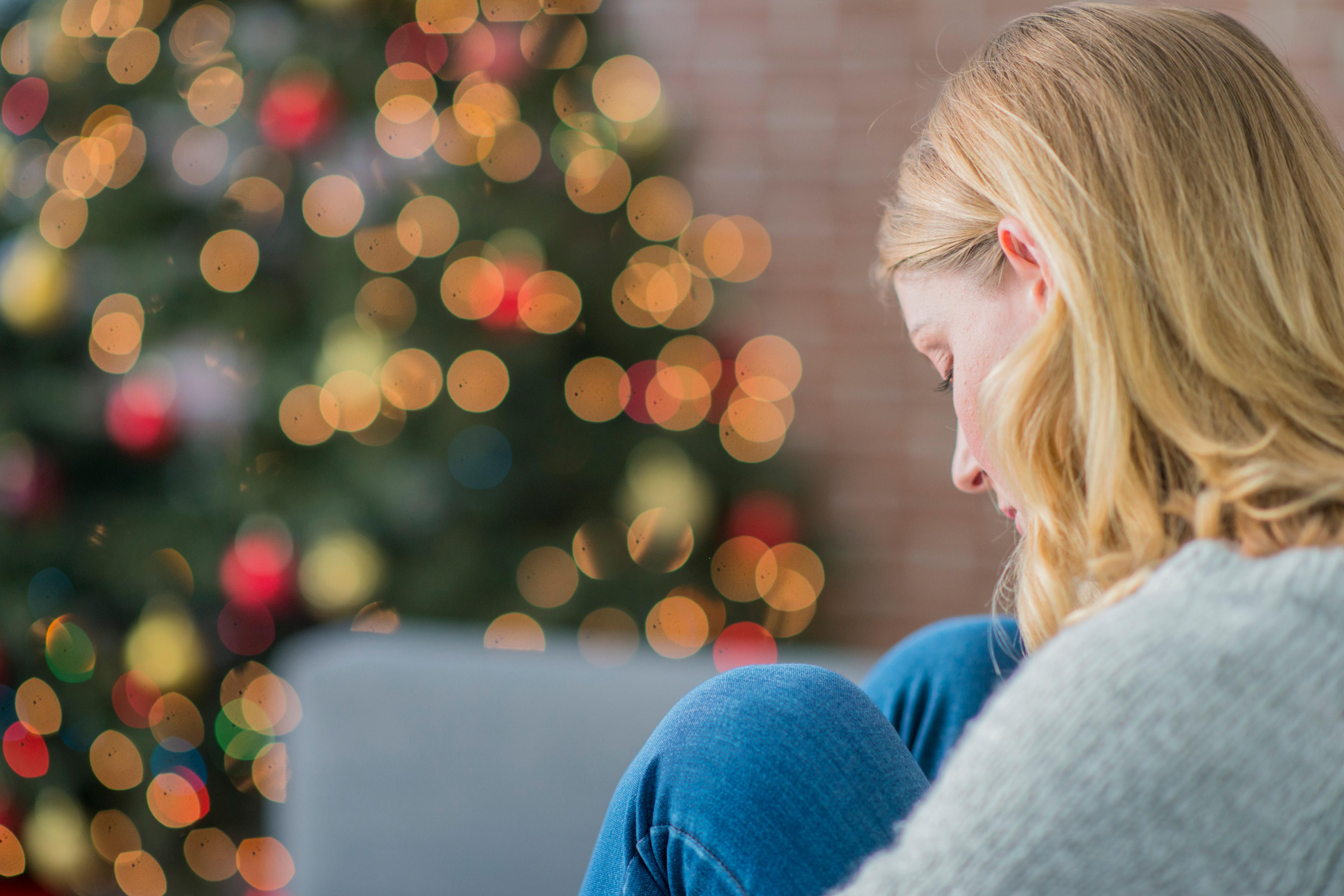Functional Training for Everyday Living

Blue Daily
| 3 min read

Functional training and functional strength training helps make performing daily tasks easier and prevents injuries. It also helps your body develop flexibility, agility, balance and coordination to prevent falls, making it an essential component of healthy aging.
Improving everyday function revolves around moving your body the way you use it in daily life by doing exercises that mimic activities such as:
- Carrying a laundry basket of clothes up a flight of stairs
- Gardening
- Reaching for something above the refrigerator
Below is a list of movements, some of the common daily activities they support and variations of the movement, depending on ability, using your body weight. There are many other activities supported by these movements, including sports such as cycling, golf and kayaking.
Other variations, depending on your ability, include adding resistance from bands, weights, kettlebells and other equipment.
Look at the list to determine which areas you would like to see improvement, making it easier to perform your everyday activities.
Movement: Squat
Daily activities the movement supports: Picking up objects from the floor, getting up and down, crouching, preventing falls
Variations:
- Get up from a chair
- Body-weight squat
- Plyometric squat
Movement: Lunge
Daily activities the movement supports: Walking, climbing stairs, gardening, vacuuming, maintaining balance, preventing falls
Variations:
- Alternate lifting one knee
- Lunge in all directions
- Walking lunges with weights
Movement: Push
Daily activities the movement supports: Bracing yourself, moving objects, opening and closing doors, getting up from the floor
Variations:
- Wall pushups
- Knee pushups
- Pushups
Movement: Pull
Daily activities the movement supports: Pulling, lifting objects, opening doors and drawers, lifting a child, weeding, starting a lawnmower
Variations:
- Superman
- Bent-over row or raise
- Renegade row
Movement: Hinge
Daily activities the movement supports: Bending, walking or running uphill, unloading the dishwasher, cleaning, gardening, lifting a child
Variations:
- Good morning
- Bend down and touch your toes
- Kettlebell swings
Movement: Rotation
Daily activities the movement supports: Walking or running, putting on a seat belt, reaching for something on a shelf, unloading the dishwasher, splitting wood, getting in and out of a car, balance
Variations:
- Rotational punches
- Seated Russian twists
- Woodchopper
Movement: Walk
Daily activities the movement supports: Moving from one place to another, balance, mobility
Variations:
- Walk
- Walk backward
- Skipping
Additionally, you can have a conversation with your primary care provider about exercise and physical activity expectations. They may advise you to:
- Start a new exercise routine
- Maintain your level of exercise or physical activity
- Adapt exercises or physical activities to better suit you
Specifically, they may suggest certain measures that improve your physical activity, such as:
- Increase walking from 10 to 20 minutes
- Start taking the stairs more often
- Joining fitness classes in your area
- Joining online fitness class
- Doing gardening outside
Photo credit: Getty Images





